Every time when we want to create room and depth for our mixes, we know that reverb and delay are essentials in creating those effects in our mix. When it comes to mixing reverb, there are no specific rules in doing it as long as it sounds right in the mix. It also can be used as a creative process to give your sounds some twist than how it would normally sound like. You can either use it as an insert or use it in a send which most of the mixing engineer prefer to. It all depends on the purpose of doing it.
Still, there are certain tips and tricks that can help you to avoid muddy reverb and to achieve the thick and rich reverb.
Here are the top 5 of our favourite tips for mixing reverb.
1. Disabling Reverb in Your Synthesizer
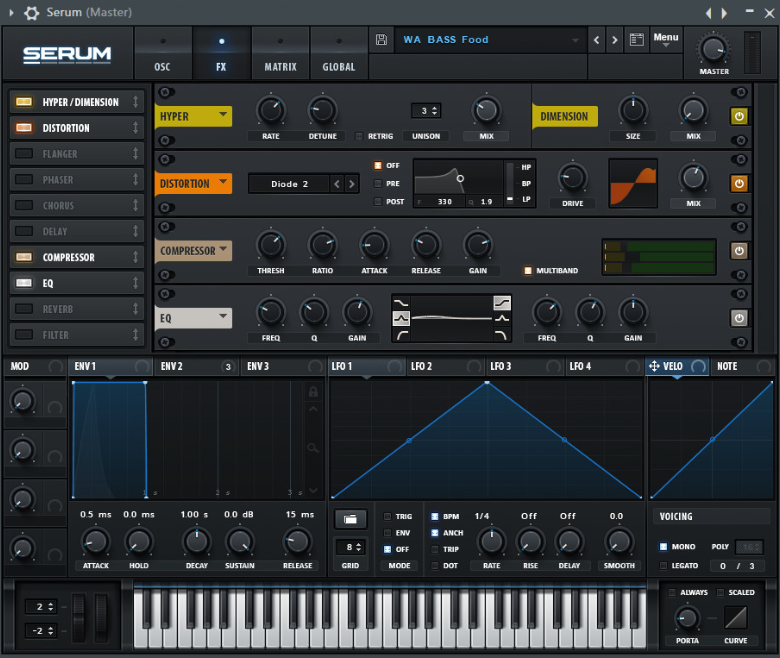
I can’t stress how important this is in avoiding muddy reverb. Just imagine that you have 5 synths layered together and each of them have different settings of reverb set up in each synthesizer. The result is horrible as the reverb for the synths are not in synced. Switch off all the reverb effects and apply the same reverb for all of them in the mixer. Try it out and feel the difference yourself. You’re be amazed of how it sounds so clean and pure at the same time without mudding up your mixes. Unless you’re using the reverb effect for creative purposes in your synthesizer, remember to switch it off.
2. Low Cut Your Reverb
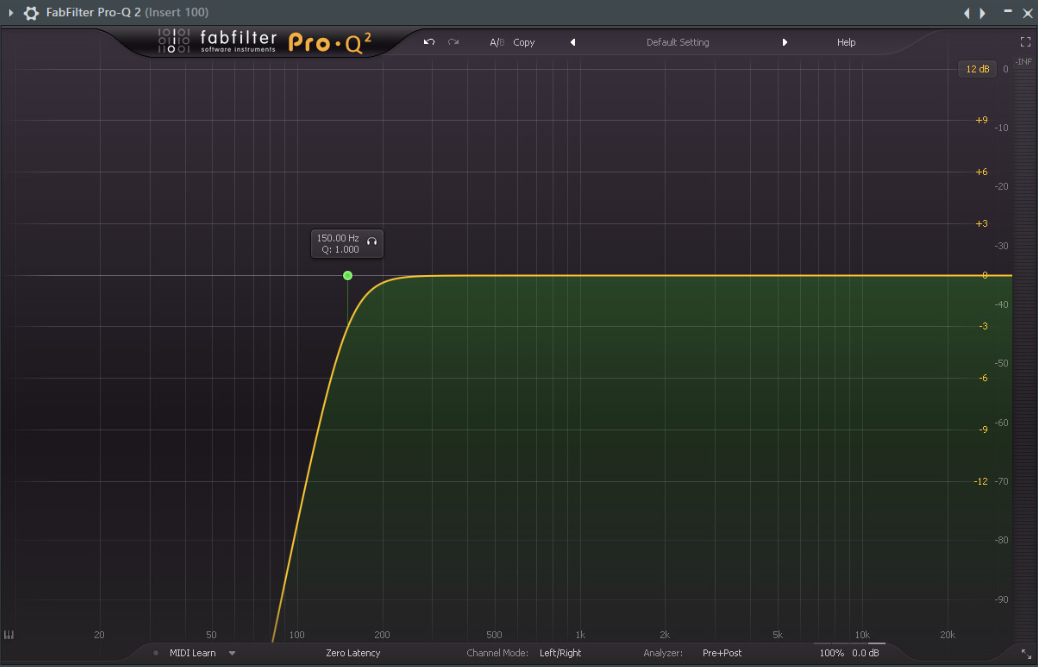
We all know that we can hi-pass everything except kick and bass to avoid muddiness in the low end. However, certain people tend to forget to cut off the low frequency of their reverb which can cause issues as well. I usually prefer to have a hi-pass filter at 150Hz to cut off all the low frequency of reverb. This helps us to achieve clean reverb without causing any problems in bass frequency area and losing its definition as you add reverb to more channels.
3. Sidechain Your Reverb
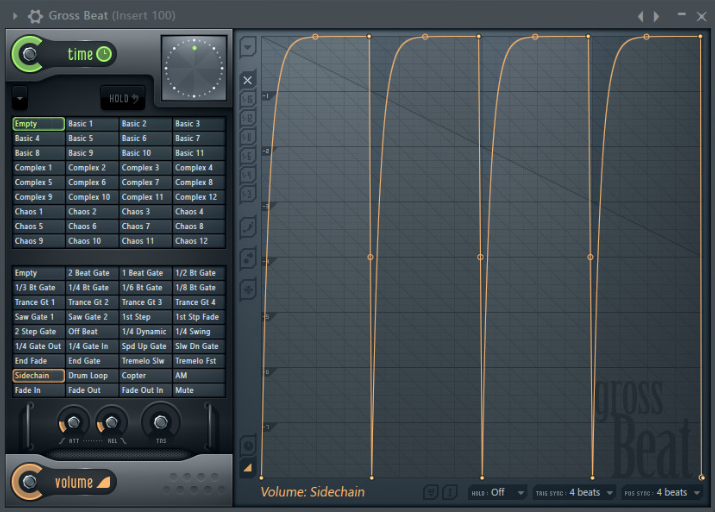
Sidechaining your reverb prevents it from clashing with the kick and snares. This creates a kind of ‘pumping’ offbeat reverb which can spice up your mixes. Without sidechaining, reverb sometimes can prevent the kick and snares from pushing through the mix as they are some of main elements in the mix.
4. Choosing The Right Kind of Reverb
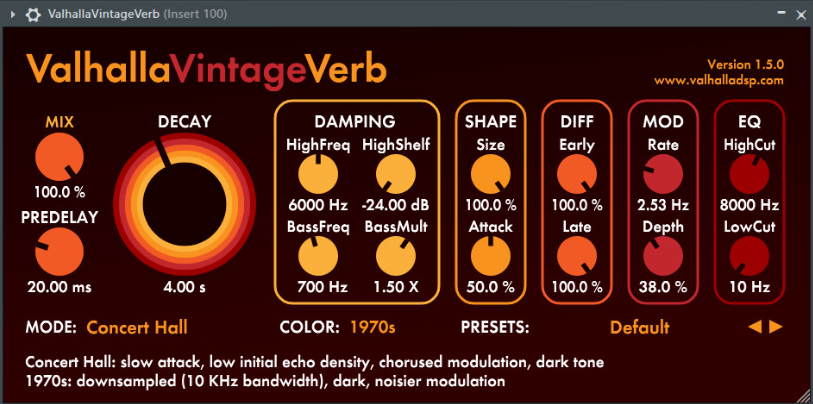
When it comes to choosing a type of reverb for your mix, you basically have 4 kinds of reverb to choose: hall, room, plate and chambers. Personally, I mostly use hall reverb for the bright synths, room reverb for the drums and plate reverb for the basses. It all depends on personal taste and preference.
5. Thickening Your Reverb
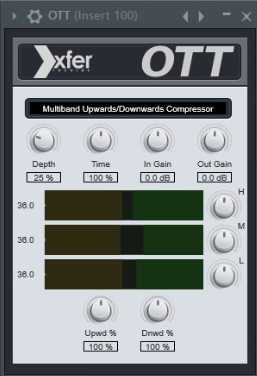
Treating reverb is like treating any other sounds in the mix. We can apply some effects to spice up and thicken it. In my opinion, using the free plugin OTT by Xfer Records is a great way to thicken it up. Set the Depth knob to about 15-35% to really bring the reverb to come to life. Besides, you can even use other plugins to spice it up. Just don’t limit to using certain plugins when it comes down to mixing reverb. Be creative!
Reverb nowadays is generally very subtle and musical at the same time. We want it in the mix to glue things together but we don’t want it to be overbearing.
We hope that you learn something from the article.
PS: Don't forget to check our latest "What About: Dubstep Ammo" pack inside which you will find many DAW templates with perfect reverb tricks!
Thank you for reading.
Your W. A. Production team














_Cropped.png?width=1600&name=02%20(2)_Cropped.png)




















Your Comments :